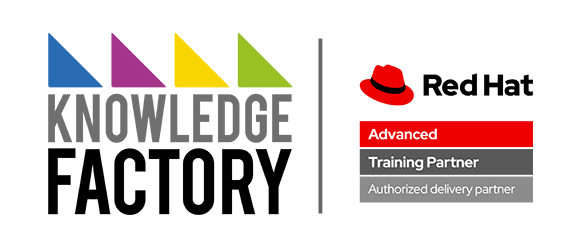Overview
Course description
Learn how to automate Linux system administration tasks with Red Hat Ansible Automation Platform
Red Hat Enterprise Linux Automation with Ansible (RH294) is designed for Linux system administrators and developers who need to automate provisioning, configuration, application deployment, and orchestration.
This course is based on Red Hat® Enterprise Linux® 9 and Red Hat Ansible Automation Platform 2.2.
Following course completion, you will receive a 45-day extended access to hands-on labs for any course that includes a virtual environment.Note: This course is offered as a four day in person class, a five day virtual class or is self-paced. Durations may vary based on the delivery. For full course details, scheduling, and pricing, select your location then “get started” on the right hand menu.
Course content summary
- installing Red Hat Ansible Automation Platform on control nodes.
- Creating and updating inventories of managed hosts and managing connections to them.
- Automating administration tasks with Ansible Playbooks and ad hoc commands.
- Writing effective playbooks at scale.
- Protecting sensitive data used by Ansible Automation Platform with Ansible Vault.
- Reusing code and simplifying playbook development with Ansible Roles and Ansible Content Collections.
Audience for this course
This course is geared toward Linux system administrators, DevOps engineers, infrastructure automation engineers, and systems design engineers who are responsible for these tasks:
- Automating configuration management
- Ensuring consistent and repeatable application deployment
- Provisioning and deployment of development, testing, and production servers
- Integrating with DevOps continuous integration/continuous delivery workflows
Prerequisites for this course
- Pass the Red Hat Certified System Administrator (RHCSA) exam (EX200), or demonstrate equivalent Red Hat Enterprise Linux knowledge and experience
